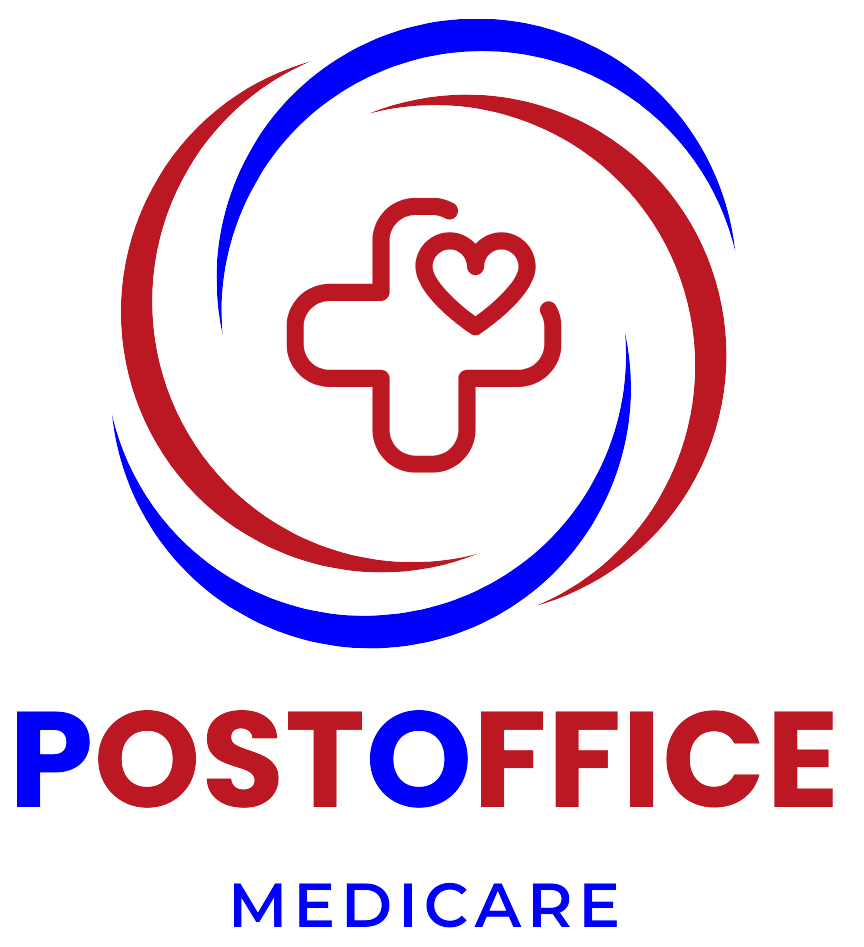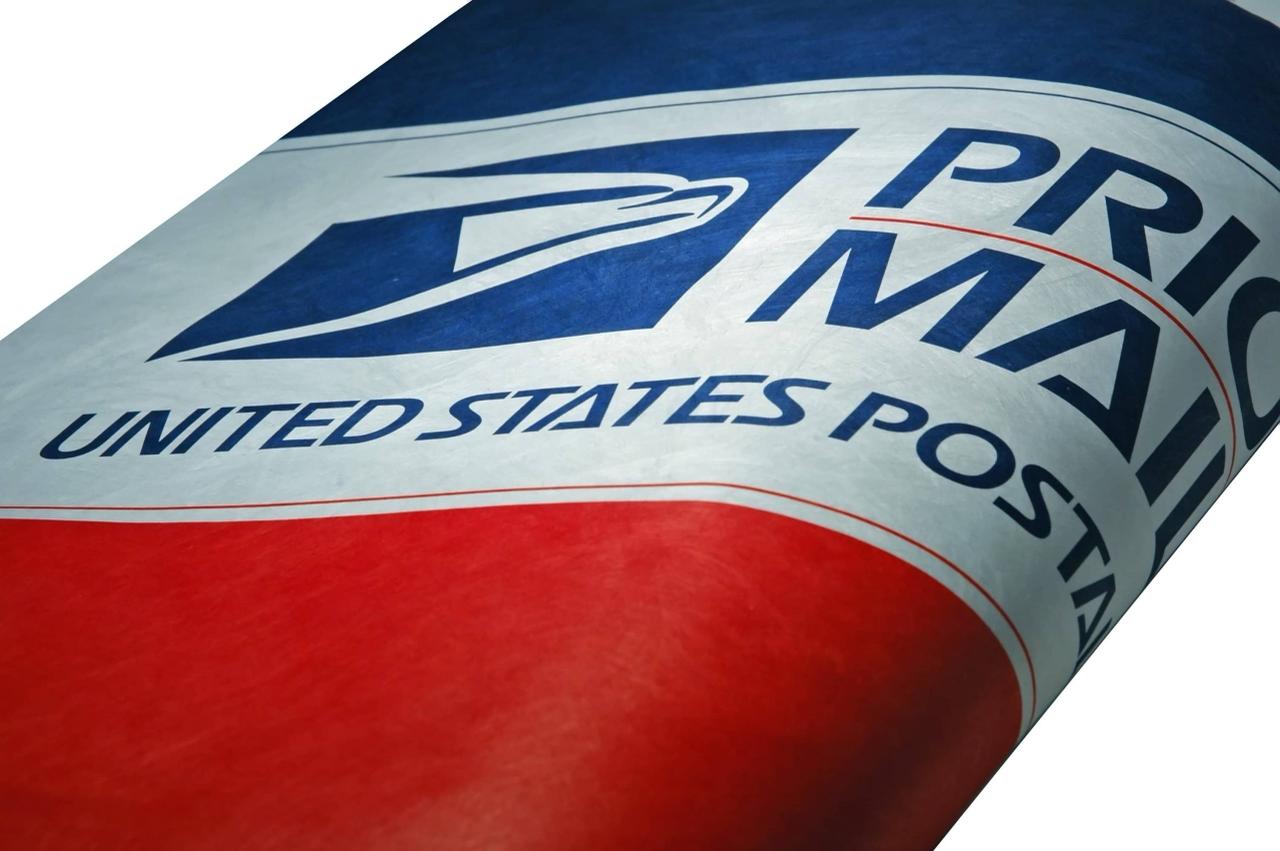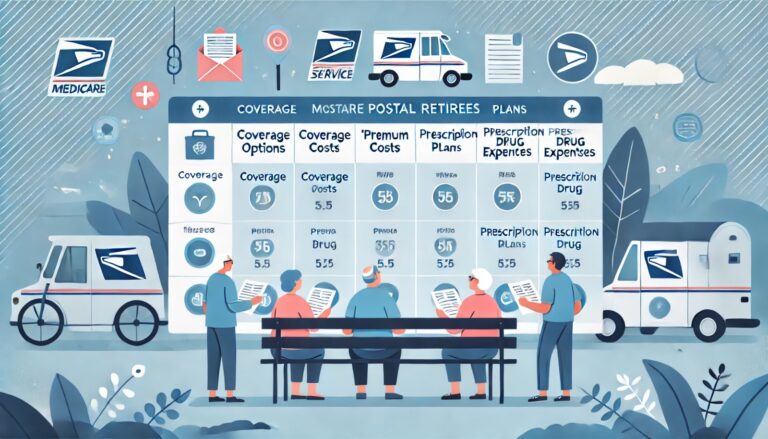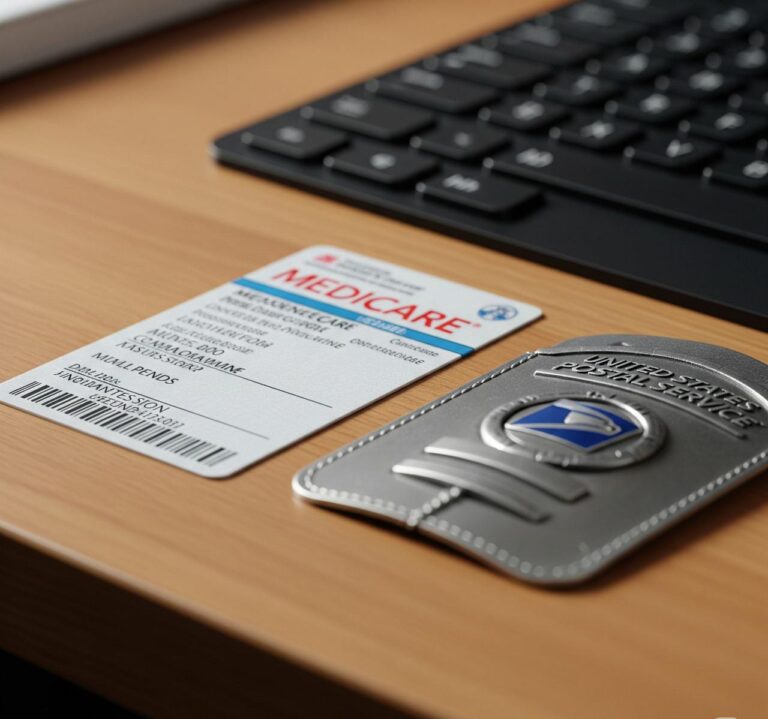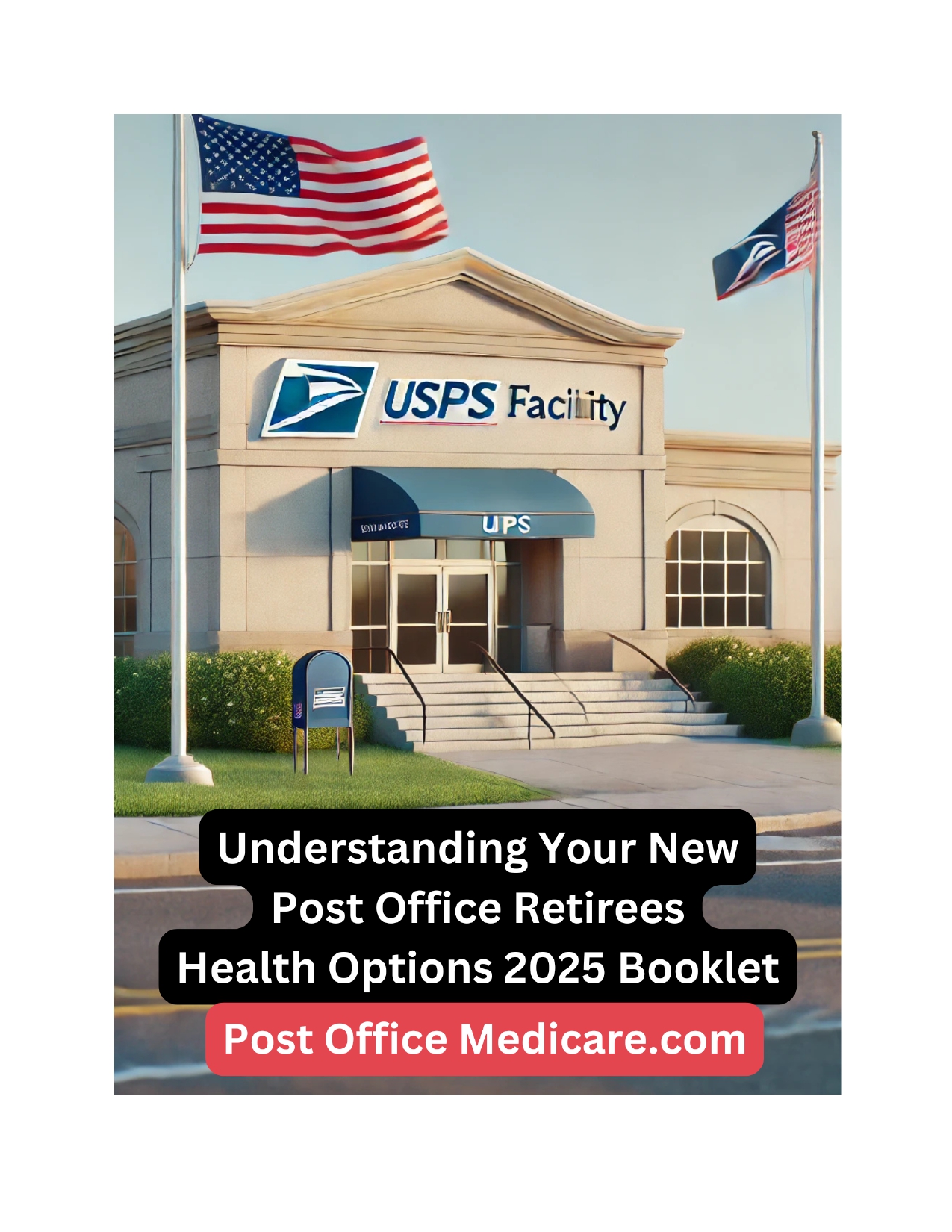Understanding Medicare Benefits for USPS Retirees: A Complete Guide for 2025
Retiring from the United States Postal Service (USPS) marks a major life transition—and one of the most critical aspects to understand during this time is your health coverage. Many USPS retirees are eligible for both Medicare and Federal Employees Health Benefits (FEHB), but navigating how these two systems interact can be confusing.
In this comprehensive, SEO-optimized guide, we’ll break down everything you need to know about Medicare benefits for USPS retirees, including eligibility, enrollment steps, coordination with FEHB, key 2025 updates, and money-saving tips to help you make the most of your health coverage in retirement.
Table of Contents
- What Is Medicare?
- USPS Retirement & FEHB: The Basics
- Do USPS Retirees Need to Enroll in Medicare?
- Medicare Parts A, B, C, and D Explained
- How Medicare and FEHB Work Together
- Key 2025 Updates to Medicare and USPS Retirement Benefits
- When and How to Enroll in Medicare
- Cost Breakdown: What Will You Pay?
- Special Considerations for USPS Retirees
- 5 Tips to Maximize Your Medicare & FEHB Benefits
- Frequently Asked Questions
- Final Thoughts
1. What Is Medicare?
Medicare is a federal health insurance program for people aged 65 and older, and certain younger individuals with disabilities. It’s divided into four main parts:
- Part A – Hospital Insurance (free for most retirees)
- Part B – Medical Insurance (doctor visits, outpatient care)
- Part C – Medicare Advantage (private plan alternative to Original Medicare)
- Part D – Prescription Drug Coverage
USPS retirees who qualify for Social Security are also eligible for Medicare, typically starting at age 65.
2. USPS Retirement & FEHB: The Basics
As a USPS retiree, you likely had access to FEHB (Federal Employees Health Benefits Program) during your working years. The good news is that you can continue FEHB coverage in retirement, often with premium contributions subsidized by the federal government.
Key Facts:
- FEHB is not automatically replaced by Medicare.
- Many USPS retirees choose to keep FEHB and use it in coordination with Medicare.
3. Do USPS Retirees Need to Enroll in Medicare?
Technically, you are not required to enroll in Medicare when you turn 65 if you have FEHB. However, in most cases, it’s highly beneficial to enroll, especially in Part A and Part B, because:
- Medicare becomes your primary payer once you retire.
- FEHB becomes secondary, which can reduce out-of-pocket costs.
- You may qualify for reduced FEHB premiums under new USPS rules (see section 6).
4. Medicare Parts A, B, C, and D Explained
| Medicare Part | What It Covers | Cost (2025 Estimates) |
|---|---|---|
| Part A | Hospital stays, skilled nursing, hospice | $0 for most retirees |
| Part B | Doctor visits, outpatient care, preventive services | ~$174.70/month (income-based) |
| Part C | All-in-one plans offered by private insurers | Varies by plan |
| Part D | Prescription drug coverage | Varies (~$30–$80/month avg.) |
Tip: Most USPS retirees pair Original Medicare (Part A + B) with FEHB, rather than opting for Part C.
5. How Medicare and FEHB Work Together
When you retire and enroll in Medicare, the typical coordination of benefits is:
- Medicare becomes your primary payer
- FEHB acts as your secondary coverage
This means:
- You usually pay less out of pocket than with FEHB alone.
- You have broader coverage, including access to providers who accept Medicare but not FEHB.
Prescription Drugs
If you have a robust FEHB plan, you likely don’t need to enroll in Medicare Part D, since FEHB plans generally include creditable prescription coverage.
6. Key 2025 Updates to Medicare and USPS Retirement Benefits
In 2025, several updates may impact USPS retirees:
- Medicare Advantage Option for USPS Retirees:
New options may be introduced under the Postal Service Health Benefits (PSHB) Program, launching in 2025. These are similar to Medicare Advantage, offering additional benefits like dental, vision, or wellness perks. - Required Medicare Enrollment for FEHB Savings:
Starting in 2025, some new retirees may be required to enroll in Medicare Parts A and B to maintain their PSHB plan eligibility. - Enhanced Coordination Between Medicare and FEHB:
Some FEHB plans may reduce premiums or offer reimbursement incentives for Medicare Part B enrollees.
7. When and How to Enroll in Medicare
You have a 7-month window to enroll in Medicare:
- 3 months before your 65th birthday
- The month of your birthday
- 3 months after
How to Enroll:
- Visit Medicare.gov or call 1-800-MEDICARE
- Apply online through Social Security
- Contact your local SSA office for in-person support
Avoid late enrollment penalties by signing up on time, especially for Part B.
8. Cost Breakdown: What Will You Pay?
Here’s a typical cost scenario for a USPS retiree enrolled in both Medicare and FEHB in 2025:
| Coverage | Monthly Cost |
|---|---|
| Medicare Part A | $0 (usually) |
| Medicare Part B | ~$174.70 (adjusted for income) |
| FEHB Premium | ~$200–$400 (with federal subsidy) |
| Total | $175–$575/month |
While this might seem high, the combination of Medicare + FEHB often results in:
- Lower deductibles
- Reduced co-pays
- Broader provider access
9. Special Considerations for USPS Retirees
- Dual-eligible retirees (those who qualify for Medicaid) may have extra assistance.
- Tricare for Life beneficiaries must carefully coordinate with both Medicare and military health benefits.
- Annuitants with dependents need to consider how Medicare enrollment affects family coverage under FEHB.
10. 5 Tips to Maximize Your Medicare & FEHB Benefits
- Always enroll in Part A when eligible—it’s free and offers added protection.
- Compare FEHB plans annually—some plans reward Medicare enrollees with premium reductions or reimbursements.
- Use Medicare-approved providers—this ensures FEHB covers the rest.
- Keep your paperwork organized—track ID numbers, coverage start dates, and EOB statements.
- Attend USPS or OPM webinars—they often provide updates and tools for retirees navigating new rules.
11. Frequently Asked Questions
Q: Do I lose FEHB if I enroll in Medicare?
A: No. You can keep FEHB for life and use it as your secondary coverage.
Q: Is Medicare Part B worth it for USPS retirees?
A: In most cases, yes—especially when coordinated with FEHB to lower your total healthcare costs.
Q: Can I drop FEHB if I like my Medicare Advantage plan?
A: Yes, but be cautious—once you drop FEHB, you may not be able to get it back in the future.
Q: What happens if I delay Part B enrollment?
A: You may face lifetime late penalties, unless you had qualifying coverage.
12. Final Thoughts
Understanding how Medicare works for USPS retirees isn’t just about avoiding penalties—it’s about making smart decisions that protect your health and finances for the long term.
As we head into 2025, the synergy between Medicare and FEHB (or PSHB) becomes more important than ever. By staying informed, enrolling at the right time, and choosing the right combination of plans, you can enjoy comprehensive health coverage and peace of mind in retirement.
Need more help? Visit OPM.gov/retiree or contact your local retirement services center for personalized support.
Read More Blog
Follow Us On:- Facebook
